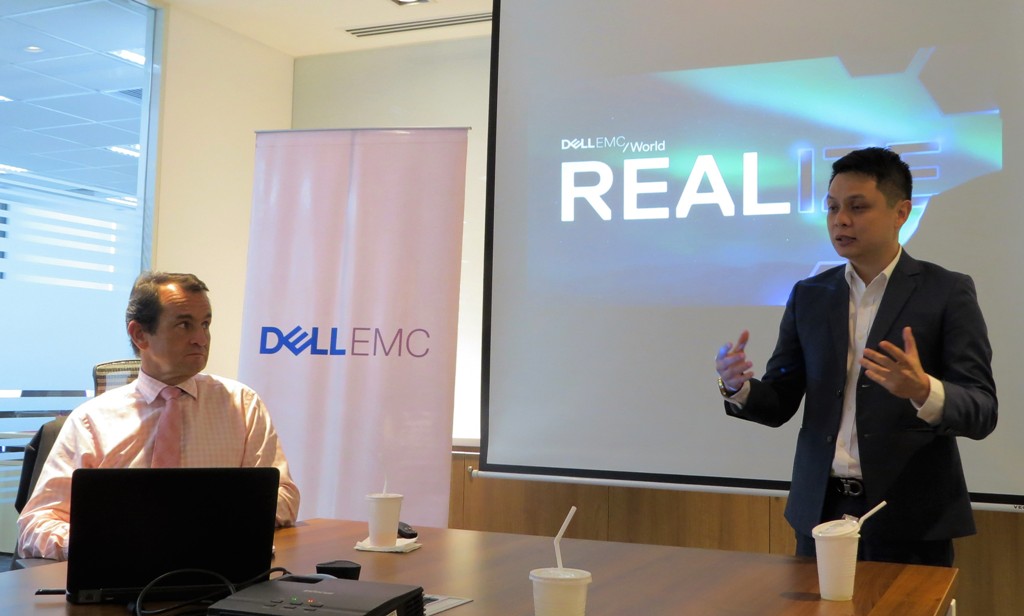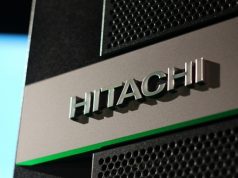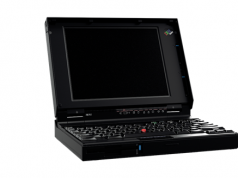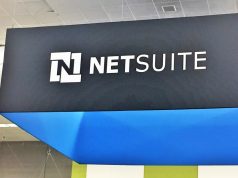MANILA, PHILIPPINES — Technology giant Dell EMC recently announced a wave of modern data center innovations, to each serve a specific role toward customers’ goals on digital transformation. The announcement was made in May at the Dell EMC World 2017, replacing the old EMC World, which ran for several years before Dell closed its EMC acquisition in 2016.
Now the question: How is Dell EMC after the merger of the two biggest technology companies in the world?
“What happened in this Dell EMC merger is exactly what Michael [Dell] and the leadership told us would happen,” said Paul Henaghan, vice president, Dell EMC South Asia and Korea, in a roundtable interview with media at the new Dell EMC office in BGC, Taguig. “We’ve kept the team, we brought everyone together, we had some challenges in terms of the alignment of the account ownership. And the Philippines is probably one of the best examples, where the team in themselves, irrespective of the overarching corporate strategy, recognized how they can come together and jointly achieve one plus one equals three. And if you look at our global results published recently for Q1, we haven’t missed a beat.”
In what could be considered as one of the largest tech deals in history, Dell along with partners MSD Partners and Silver Lake bought EMC for $67 billion in 2015, finalizing the acquisition by September of 2016. In this merger Dell EMC has become the world’s largest privately controlled, integrated technology company.
Dell, as everyone would probably know by now, is a computer company founded by Michael Dell way back in 1984 in Texas and would eventually become one of the world’s well-known brands. As a tech company, Dell sold computers, including laptops and other computer peripherals to consumers, while providing workstations and servers to enterprises.
But what about EMC?
EMC started as a provider of enterprise-class data storage for large businesses. Later on, the company expanded their portfolio and established itself as a provider of products and services related to cloud computing, big data, data analytics, information security, content management, and converged infrastructure.
Founded in 1979 by Richard Egan, Roger Marino and Jack Curley and headquartered in Hopkinton, Massachusetts, their concentration on the core products made EMC a multi-billion company by the 1990s, acquiring familiar enterprise technology products such as VMWare, Pivotal, and RSA in the long run.
EMC revenues grew from $120 million to nearly $9 billion in 2001. By 2012, EMC had a $21.7 billion in revenues.
Like Dell, EMC has been holding a Philippine office since the early 2000s.

New products
The new products and solutions announced at Dell EMC World are said to be designed to help customers along this path by basing their IT on a modern architecture as the foundation for a hybrid cloud.
The announcements also make it easier for companies to buy from Dell EMC through the adoption of a cloud-like pricing model, where customers can scale up or scale down their environments, only paying for what they use at the component level, or at the data center level.
“The digital transformation mega trend will only intensify, reinforcing the need to start the IT transformation journey now,” said Henaghan. “Dell EMC is the ideal partner to help customers take this first step. The creation of Dell EMC has rapidly accelerated our ability to develop and deliver technologies that will underpin the next wave of innovation and progress for our customers.”
Some of the new products announced include: Dell EMC 14th generation PowerEdge Servers, updates on Dell EMC hyper-converged infrastructure (HCI) portfolio, enhanced software-defined storage (SDS) products, new all-Flash storage systems, new integrated data protection appliance, the expansion of its cloud data protection portfolio, and new open networking switches with the introduction of the industry’s first 25GbE open networking top-of-rack switch.










